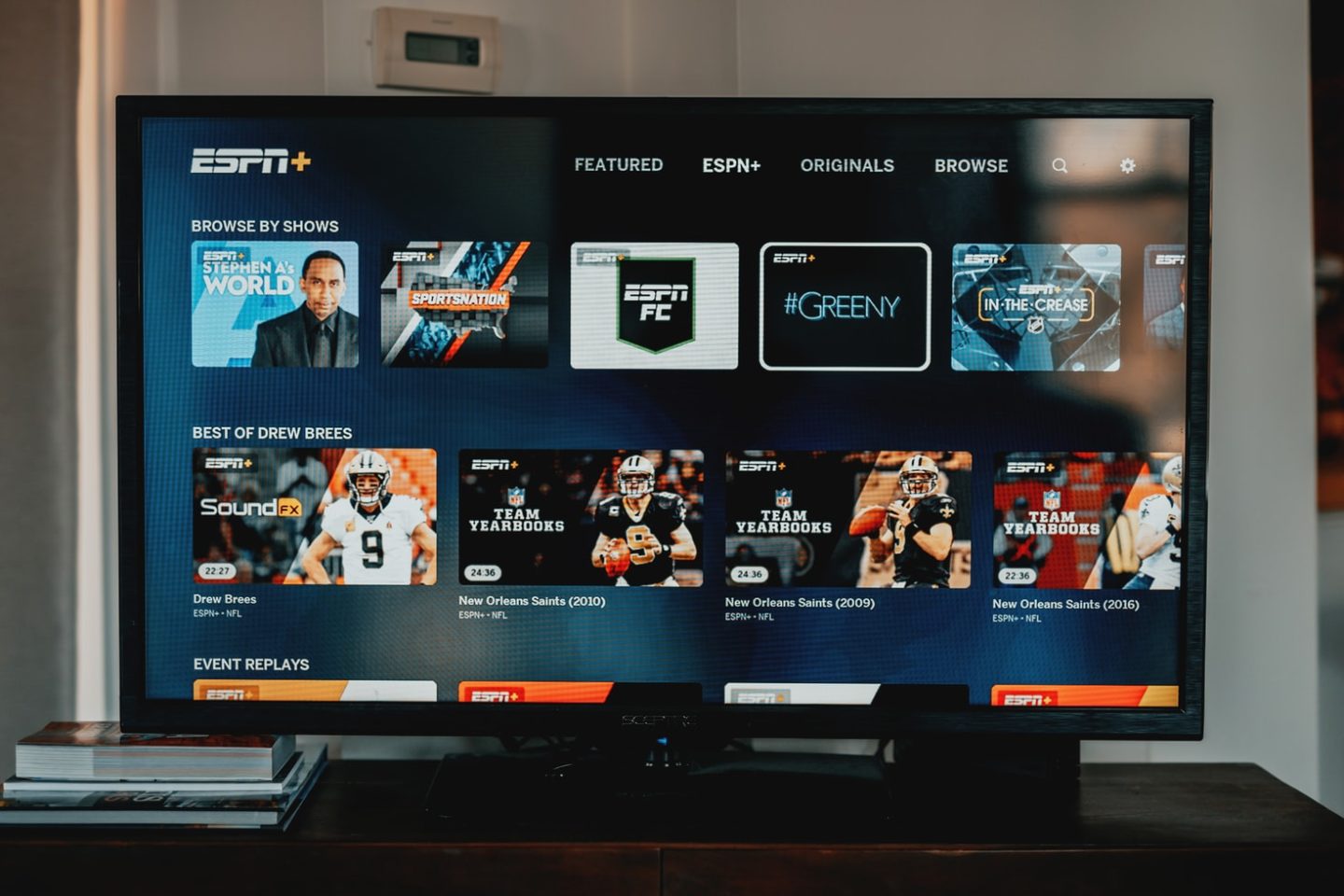Today, most modern consumers connect with brands across multiple channels before making purchasing decisions. This is great news for companies with omnichannel marketing strategies designed to follow individuals as they move through their daily routines.
But too many marketers have focused their omnichannel strategies entirely on the online world. What about physical advertising? Out-of-home (OOH) advertising still has a lot of power — especially when it’s made digital.
DOOH Advertising, Explained
What is digital out-of-home, or DOOH, advertising? It’s a way to reach people through traditional out-of-home advertising vehicles, like billboards, gas station menu boards, or office building lobby screens in an augmented way. Traditionally, OOH advertising has been fairly static. DOOH changes that, amplifying its possibilities and turning it into a powerful way to extend your branding and connect with consumers.
For instance, take an on-the-go person traveling through a typical workday. At the train station, they interact with a standalone digital billboard that features real-time messaging related to the upcoming weather forecast. When they head out for lunch with a client, their table includes a touchscreen ordering device that sends them unique content based on their choices. On the way back to the train station, they spy another digital outdoor advertising sign reminding them about a limited sale happening at a nearby store.
From the consumer’s perspective, these interactions seem natural because they’re woven into the day’s digital routine. They’re relevant and not intrusive. And given that 98% of Americans pass by at least one DOOH venue every month, according to research from Vistar and MFour, weaving DOOH advertising into marketing strategies is a strategic move.
Advantages of DOOH Advertising
Every marketing technique has its advantages. DOOH advertising is no exception. One of the most appealing is that you can finally measure ROI, which used to be nearly impossible with OOH marketing. The digital interface capabilities of DOOH campaigns allow you to collect a wealth of data, ensuring that the dollars you funnel to OOH work harder and go further. Ultimately, when done well, your DOOH advertising will move with a target user through their consumer journey, giving you more chances to get in front of — and convert — your prospects.
Another upshot to DOOH is its retargeting capabilities. You’re able to collect the device IDs of those who were likely exposed to your DOOH content. Later, you can leverage those IDs to send users relevant mobile ads. This combination of tactics is so powerful, Posterscope found that you can improve your reach by up to 303% by folding DOOH into a web or mobile campaign.
Doing DOOH Well
Since the advent of DOOH over the past two decades, a few brands have captivated audience interest and shown how exciting (and lucrative) DOOH advertising can be.
One of these brands was Coors Light, which created a DOOH campaign that was time-focused, appearing when people were most likely to leave work. Throughout Manhattan, a series of DOOH billboards appeared during happy hour. The billboards teased: “Your commute can wait,” and included visuals of Coors beer. The campaign successfully improved Coors sales in nearby neighborhoods.
Launching a DOOH Omnichannel Marketing Strategy
If you’re ready to incorporate DOOH into your media mix, here are some tips to keep in mind.
1. Know your goals going into any DOOH campaign.
Before investing in DOOH, outline what you hope to achieve and how you expect it to support your other digital advertising initiatives. Will DOOH fill customer journey awareness, traffic, or conversion gaps? Be intentional and specific. That way, you’ll have a better sense of whether your DOOH is working.
2. Identify your ideal targeting methods.
With DOOH, you have access to various data-driven targeting tactics, including behavioral, demographic, proximity, and more. You can use the data alone or overlap it with third-party data to get more specific. However, it’s key to identify the types of data and data partnerships you need before deploying any campaign.
3. Get creative.
Consumers are bombarded with information all day. Think big and bold with your DOOH to capture and maintain attention. Don’t be afraid to be unique with your DOOH creative. The more your digital ads stand out, the higher the likelihood you’ll get a boost from them in the form of organic social media mentions and buzz in the press.
4. Replace and change creative formats.
Ad saturation can lead to consumer fatigue, so you’ll want to update your DOOH advertising to keep it fresh and avoid disinterest. Consider opportunities like different messaging based on major events, limited-time sales, or even the weather, like McDonald’s U.K.-based cold beverage DOOH campaign from 2019. The fast-food giant used real-time temperatures to encourage thirsty passersby to stop in.
5. Implement advertising measurement tools.
Today, we have the technology to measure ad performance in DOOH campaigns — both in upper- and lower-funnel KPIs. Feel free to tie the impact of your DOOH exposure to anything from brand lift to foot traffic. Just make sure you clearly define your metrics and have the advertising measurement tools you need to gauge your success.
To learn more about incorporating DOOH advertising into your marketing mix, get in touch today!

